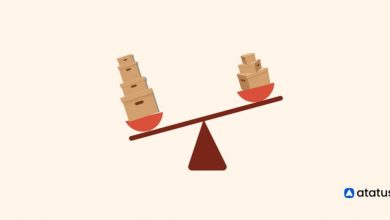Assessing IOTA’s Future Scalability Challenges

Assessing IOTA’s Future Scalability Challenges
The Importance of Scalability in Blockchain Technology
What is IOTA?
IOTA is a decentralized open-source cryptocurrency that aims to provide secure and scalable transactions for the Internet of Things (IoT) industry. Unlike traditional blockchain technology, IOTA utilizes a Directed Acyclic Graph (DAG) called the Tangle to achieve scalability and eliminate transaction fees.
Why is Scalability Important for IOTA?
Scalability is a critical factor for any blockchain technology, and IOTA is no exception. As the IoT industry continues to expand, the number of transactions processed daily increases exponentially. IOTA needs to address scalability challenges to ensure that its network can handle the growing demand efficiently.
IOTA’s Scalability Challenges
1. Network Congestion
With the increasing number of transactions on the IOTA network, congestion can become a significant challenge. High transaction volume can lead to delays and slower confirmation times, negatively impacting the user experience.
2. Security
Maintaining security while achieving scalability is a complex task. IOTA needs to find a balance between processing a high number of transactions and ensuring the integrity and trustworthiness of the network. It must implement robust security measures to protect against potential attacks or vulnerabilities.
3. Resource Consumption
Scalability often comes with increased resource consumption. IOTA needs to find innovative ways to minimize resource requirements while still delivering scalability. This ensures that the network remains accessible to a wide range of devices, including those with limited computing power.
Frequently Asked Questions (FAQs)
Q: How does IOTA’s Tangle achieve scalability?
The Tangle DAG utilized by IOTA enables parallelized transaction processing. Unlike traditional blockchains, where transactions are sequential and require every transaction to validate two previous transactions, the Tangle enables concurrent processing. This distributed approach allows for improved scalability as the network grows.
Q: Can IOTA handle a high transaction volume?
IOTA’s Tangle architecture is designed to handle high transaction volumes efficiently. By allowing parallel processing and removing transaction fees, IOTA can scale extensively to meet the demands of the IoT industry and handle a substantial number of transactions per second.
Q: What measures is IOTA taking to address scalability challenges?
IOTA is continuously working on research and development to enhance scalability. They are exploring solutions like sharding and layer two protocols to improve network efficiency and increase the number of transactions the network can handle without sacrificing security.
Conclusion
As the IoT industry continues to evolve, IOTA’s scalability becomes even more crucial. Addressing challenges such as network congestion, security, and resource consumption is vital to ensure the scalability and success of the IOTA network. With ongoing research and development, IOTA aims to overcome these challenges and establish itself as a prominent player in the cryptocurrency and IoT space.
Remember, understanding and addressing scalability challenges are essential for any blockchain project’s success, and IOTA is actively working towards a scalable future. By focusing on these challenges and providing innovative solutions, IOTA can continue to pave the way for IoT-based decentralized transactions.



